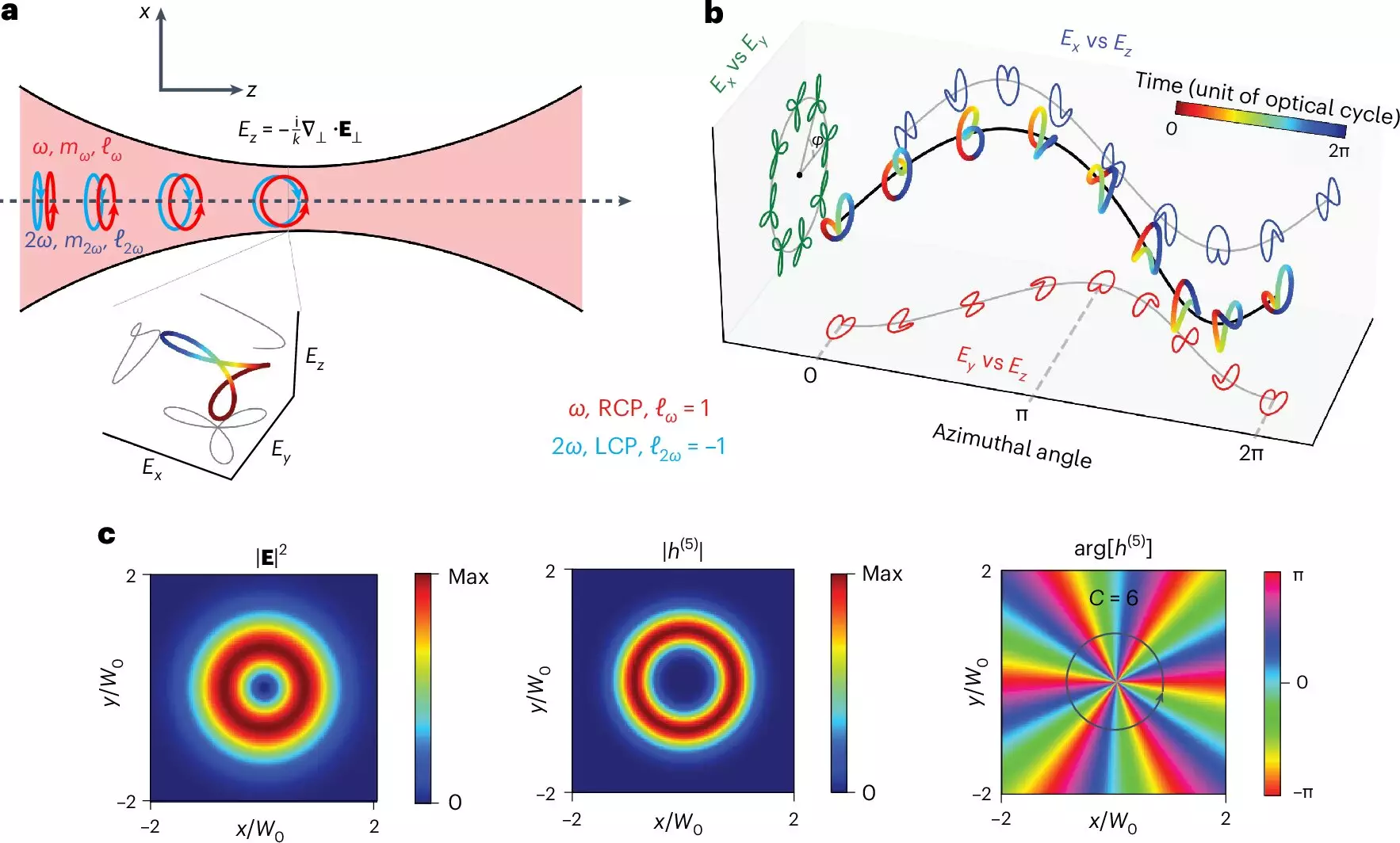Chirality, a fundamental property observed in various molecules, carries immense significance in fields such as pharmacology, chemistry, and biology. The concept refers to the asymmetry of molecular structures—akin to human hands, which exist as mirror images yet cannot be superimposed onto each other. This “handedness,” or chirality, profoundly influences how molecules interact within biological systems. The intricate dance of chiral molecules in the human body exemplifies the need for precision in detecting chirality, especially in drug development, where the fate of treatments can hinge on the subtle distinctions between right- and left-handed variants.
Historically, the difficulties in identifying and distinguishing these enantiomers have led to dire consequences. The case of thalidomide in the 1950s serves as a cautionary tale. Given to pregnant women to alleviate morning sickness, the racemic mixture of thalidomide—a combination of equal parts of its left- and right-handed forms—resulted in severe birth defects due to the harmful effects of one of its chiral forms. Such tragedies underscore the critical importance of advanced chirality measurement techniques capable of preventing similar occurrences in pharmaceutical developments.
A recent breakthrough published in *Nature Photonics* presents a formidable new approach to measuring chirality—utilizing a unique structure of light known as a “chiral vortex.” This innovative design, spearheaded by researchers from King’s College London and the Max Born Institute, traces a chiral curve over time and evolves into a vortex structure as it propagates through space. The introduction of this chiral vortex marks a significant leap forward, promising to enhance the accuracy and reliability of chirality detection methods crucial for the pharmaceutical industry.
The new technique employs an electric field that changes its handedness continuously along the light beam, interacting with chiral particles to produce distinct signals. When chiral molecules are illuminated by this structured light, they emit photons via a process called high-harmonic generation, which has recently gained recognition with a Nobel Prize win. The emitted light forms a distinctive pattern that corresponds to the handedness of the chiral molecule interacting with the vortex, shifting as the chirality of the sample is altered. This dynamism allows for highly sensitive detection even in samples with nearly equivalent amounts of both enantiomers, revealing differences as slight as 1%, which can be critical for safety in drug development.
Traditional methods of measuring chirality face several challenges, one of the most notable being the requirement for large sample sizes to attain reliable readings. This can lead to increased costs and impracticalities, particularly within the high-stakes realms of drug testing and biological analysis. Conversely, the chiral vortex approach streamlines this process by enabling the detection of minute variations in molecular handedness, irrespective of sample size.
Dr. Nicola Mayer, a leading figure in this groundbreaking research, commented on the significant strides made with their method. She noted that the ability to detect a mere 49% right-handed and 51% left-handed mixture sets a new benchmark in chirality testing—a crucial capability in avoiding the mishaps that have marred pharmaceutical history. This advancement not only improves accuracy but also allows for a more robust analysis that can withstand common experimental variables, such as fluctuations in light intensity.
The implications of this research extend beyond chemistry and pharmaceuticals. The remarkable characteristics of the chiral vortex may prove to enhance the processing power of quantum computers. By leveraging the unique properties of chirality, researchers envision a future where quantum bits (qubits) can encode additional information through left- or right-handedness, akin to binary coding systems. This could revolutionize data processing and storage, potentially leading to breakthroughs in computational speed and efficiency.
The advent of the chiral vortex heralds a new era in chirality detection, marked by unparalleled accuracy and adaptability. As we explore the intricacies of molecular interactions and their implications in pharmaceuticals and beyond, this innovative approach stands poised to play a pivotal role in shaping the future of science and technology. The continued development and integration of such advanced methods will be critical in navigating the complex landscape of molecular chirality, ensuring the safety and efficacy of future medical treatments while expanding our understanding of chemical phenomena.

